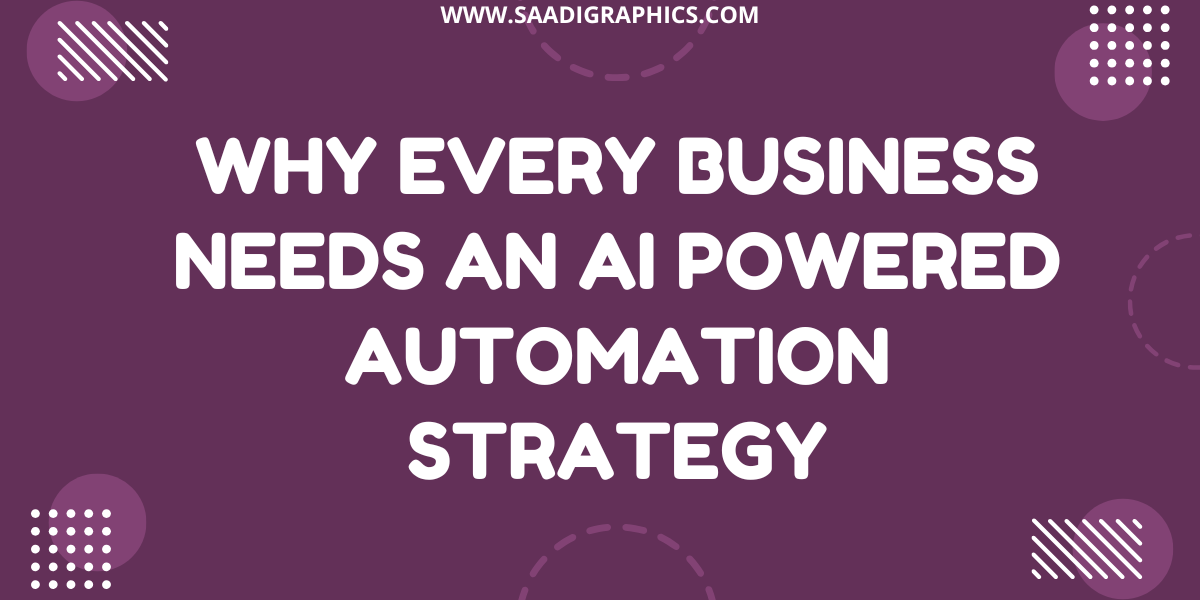Agentic AI – My Personal Journey into Autonomous Intelligence
I still remember the day I first heard the term Agentic AI. I had used AI chatbots and recommendation engines before, but the idea of an AI that could set its own goals and execute tasks without constant supervision felt almost science fiction. Today, after several months of working with these autonomous AI agents, I can say they have reshaped how I work, learn, and even think about the future. This is my story of discovering Agentic AI, understanding how it works, and seeing firsthand how it can change our lives.
1. What Is Agentic AI?
At its core, Agentic AI refers to systems that combine perception, planning, and action in a loop that allows them to operate with a degree of independence. In simpler terms:
-
Perception: The agent gathers data from its environment. That might be emails in my inbox, real‑time sales figures on a dashboard, or sensor readings from a device.
-
Planning: It builds a plan based on its goals. I tell it what I want—a weekly summary of key metrics or a prioritized inbox—and it figures out step by step how to get there.
-
Action & Feedback: The agent carries out the plan, evaluates its own performance, and refines future plans based on what worked or failed.
Unlike a simple script or chatbot, an agent can adjust its approach over time, learn from mistakes, and handle new scenarios without explicit reprogramming.

2. My First Agentic AI Experiment
My first true experiment began when I realized I was spending nearly an hour each morning filtering through dozens of emails—newsletters, meeting invites, updates, and the occasional urgent request. Even with filters and folders, I found myself manually sifting for the three or four messages that really needed my attention.
One weekend I decided to try an Agentic AI platform. Rather than writing endless rules, I set a clear goal:
“Read all new emails. Classify each as Work, Personal, or Newsletter. Extract the top three bullet‑point highlights from each Work email. Then, every weekday at 8 AM, send me a neatly formatted summary via email.”
On Monday morning, I woke up to a crisp, three‑page email. The first page listed urgent Work items with bullet‑point highlights. The second page grouped Personal messages that might wait until later. The third page summarized less important newsletters. It looked like someone on my team had done all the work. From that moment, I knew Agentic AI was not hype—it was real.
3. How Agentic AI Works Under the Hood
3.1 The Learning Loop
Agentic AI relies on a continuous cycle:
-
Observe: Gather raw data (emails, sensor feeds, web pages).
-
Decide: Use models—often powered by machine learning—to plan the best actions.
-
Execute: Carry out API calls, send messages, update a spreadsheet.
-
Reflect: Evaluate success or failure and update internal models.
That reflection step is what makes these agents truly “agentic.” They don’t just follow a script; they improve over time.
3.2 Tool Integration
One major strength of Agentic AI is its ability to connect with other tools. In my own setup, the agent:
-
Logs into Gmail to fetch emails.
-
Writes summaries into a Google Doc.
-
Converts that Doc into a PDF.
-
Sends me the PDF via SMTP.
It could also call APIs, manipulate databases, or post to Slack. This flexibility lets a single agent handle an entire workflow from start to finish.

4. Transforming Daily Life
4.1 Personal Productivity
For me, the sunrise summary was only the beginning. I soon created an agent to:
-
Schedule focus blocks: It checked my calendar, found two‑hour gaps, and blocked time for deep work each morning.
-
Track habits: Each evening it asked me to confirm whether I exercised, read a chapter of a book, or practiced my guitar. It logged my answers in a spreadsheet and nudged me the next day if I fell behind.
What felt like small automations quickly added up to hours saved and a more disciplined routine.
4.2 Business Automation
At the company I consult for, we deployed agents to handle routine customer support:
-
Triage incoming tickets by priority.
-
Gather context from our CRM.
-
Draft responses for simple issues.
-
Escalate complex problems to human agents with a one‑click handoff.
Our support team’s average response time dropped by 40 percent in two weeks. Instead of spreadsheets and manual categorization, they spent their energy on solving the hardest problems.
4.3 Creative Collaboration
I also experimented with a creative assistant agent. I’d give it a prompt:
“Write a blog post outline about the benefits of solar power for homeowners, including an introduction, three main sections, and a conclusion.”
Within minutes I had a ready outline. A follow‑up command:
“Generate 200 words for each section.”
By lunchtime I had a full draft to refine. The agent even suggested royalty‑free image descriptions I could feed into an image‑generation tool. It felt like having a junior writer on call 24/7.
5. Challenges and Lessons Learned
5.1 Trust and Oversight
The first time my agent misclassified an urgent email as a newsletter, I panicked. But I realized that a human‑in‑the‑loop model works best. I review every summary for a week. Once I see 100 percent accuracy, I trust the agent implicitly. Building trust takes time, but agents can earn it by learning from their mistakes.
5.2 Data Security
Feeding private emails, customer data, or financials to an external AI service raises real privacy questions. I insisted on on‑premise hosting or end‑to‑end encryption. Audit logs let me track every action my agent performed. If something ever looked off, I could rewind and inspect the decision path.
5.3 Technical Complexity
At first, configuring API credentials, setting up secure tokens, and crafting error‑handling routines felt daunting. But modern platforms now provide drag‑and‑drop interfaces, prebuilt connectors for Gmail, Google Drive, Slack, and more. Within an afternoon I moved from Hello World to a fully functional agent.
6. The Future of Autonomous Agents
6.1 End‑to‑End Automation
Imagine a single agent that:
-
Monitors inventory levels in real time.
-
Places purchase orders when supplies run low.
-
Updates accounting software.
-
Notifies the operations team if anything goes wrong.
That day is not far off. Agents will blend across departments—sales, marketing, finance, logistics—creating end‑to‑end workflows without manual handoffs.
6.2 Agent Collaboration
Soon we’ll see agents talking to agents:
-
A sales agent closes a deal.
-
It triggers a marketing agent to send welcome emails.
-
A fulfillment agent prepares shipping.
-
A support agent schedules onboarding calls.
Humans will supervise large networks of agents, focusing on strategy and ethics.
6.3 Ethical and Regulatory Frameworks
As agents make more decisions, transparency becomes vital. We need explainable AI so we can audit why an agent chose one action over another. Governments and organizations will develop guidelines to ensure agents act fairly, respect privacy, and remain aligned with human values.
7. A Personal Reflection
For me, Agentic AI is more than a productivity hack. It is a partner. I remember sipping my coffee as I read the first summary email, thinking I was late for work, only to realize my agent had already done the filtering. I felt a mix of surprise, relief, and genuine delight.
That sense of wonder has never faded. When I ask my planning agent to reorganize my to‑do list based on shifting priorities, or my creative agent to draft social media posts, I feel like I’ve unlocked a new level of collaboration—one that blends human insight with machine diligence.
8. Getting Started Yourself
If you’re curious about Agentic AI, here’s how to begin:
-
Identify a small, repetitive task. Email triage, meeting scheduling, data entry.
-
Choose a platform: Many cloud services offer low‑code or no‑code agent builders.
-
Define clear goals: Write a short description of what you want the agent to achieve.
-
Test and refine: Run the agent in “sandbox” mode, review every output, and adjust its planning rules.
-
Scale up: Once confident, expand the agent’s scope or deploy additional agents for other processes.
9. Conclusion
Agentic AI marks a new chapter in our interaction with machines. No longer mere tools that wait for each command, these autonomous agents think, plan, and act on our behalf. My journey has shown me that with careful oversight and ethical guardrails, Agentic AI can amplify our capabilities, free us from mundane tasks, and let us focus on creativity and strategy.
I can’t predict every detail of the future, but I’m certain of one thing: in the coming years, autonomous agents will move from novelty to necessity. When that happens, I’ll look back on these early months of discovery with a smile, knowing I was there at the start of something truly transformative.
So go ahead—take your first step. Create that simple agent. See what it does. You might just find yourself waking up to a world where your digital partner has already done the work before your coffee even cools.



